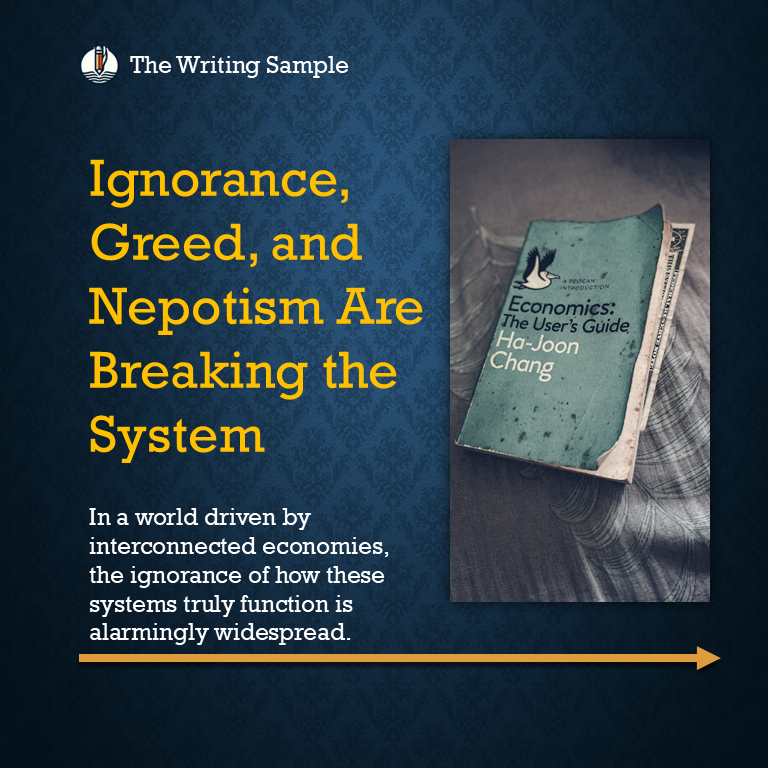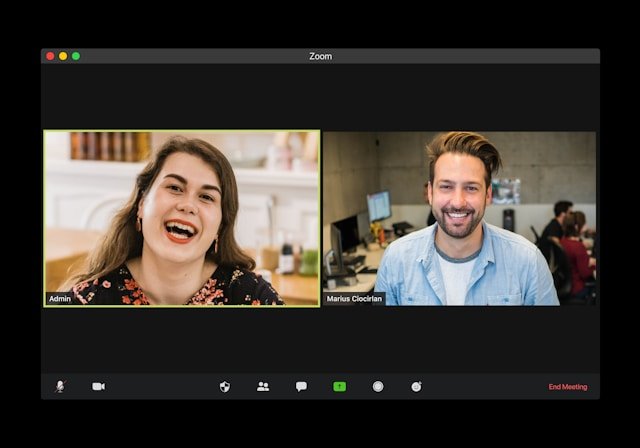After I got hired I was excited but didn’t realize the challenges I would face. They came not from the work itself, but from the toxic environment created by my boss and coworkers. Early on, my boss sat down at a vacant desk next to mine. She made it clear she didn’t believe in me. She told me outright that she expected me to fail, assuming I was too young and inexperienced to succeed. What followed was a department-wide mutiny, encouraged by her, that lasted until I left.
Facing Workplace Abuse
Throughout my time there, I was constantly told I was incompetent and too young to handle the job. My boss allowed a senior coworker to yell at me almost daily. He would throw marked-up copies of my work onto my desk. He loudly criticized everything from spelling mistakes to lack of structure. He also criticized illustrations and term consistency.
While the behavior was abusive, I decided to view the situation as an opportunity to grow. I kept a journal documenting every piece of feedback, no matter how harshly it was delivered. I kept every marked-up manual he threw at me. I saw this as a way to remind myself of areas to improve and refine my skills.
Turning Criticism into a Learning Opportunity
Rather than responding in kind to the coworker’s outbursts, I made it a point to stay polite and listen carefully. I even agreed with his critiques and asked for more information. This seemed to irritate him even more, but I chose to respect his experience and expertise. He had been with the company for years and, as my elder, likely knew things I didn’t.
I reframed the situation. He wasn’t a friend or even a supportive colleague. I treated him as an “abusive mentor.” By doing so, I was able to separate his behavior from the lessons I could learn. Despite the toxic environment, I enjoyed the work I was doing and appreciated the experience it offered.
Learning About the Company Culture
Through this ordeal, I gained invaluable insights—not only about technical writing but about the company itself:
- Company Culture: I learned the company had a toxic culture, one that didn’t value employee well-being.
- HR’s Role: A Human Resources representative admitted the role of HR bluntly. HR exists to protect the company from lawsuits. It does not support employees.
- Leadership Failures: My boss demonstrated poor leadership by allowing and encouraging a hostile work environment.
A New Perspective
Later, the company hired another technical writer. This person wasn’t there to replace me. They were brought in to contribute to the growing workload. This person became a source of encouragement. She consistently reminded me that good work proves itself over time. Her perspective helped me see that while learning from the abusive environment was valuable, I also deserved better.
Delivering Results Against the Odds
The criticisms about the lack of structure in my writing had a clear reason. It lacked detail because the project itself wasn’t ready. When I arrived, the engineers hadn’t finalized key designs, materials, or schematics. Without foundational information, my work was necessarily barebones.
When the project progressed and I finally had the resources to produce substantial documentation, I poured my energy into it. In just three months, I completed over 800 pages of high-quality documentation. I collaborated closely with the on-staff graphic designer to create illustrations and visuals.
At the end of the project, my coworker confided in our boss, expressing his admiration for the quality and speed of my work. Shortly after, my boss approached me to share that she had also reviewed my work and was thoroughly impressed. Both acknowledged that the manual was not only highly detailed and professional but also completed well ahead of schedule.
The Inevitable Layoff
Despite the glowing feedback, the company laid off the entire project team a week later. As my boss walked me out, she was visibly angry. She admitted her frustration at losing a good employee after finally recognizing my value.
Key Takeaways
This experience taught me several important lessons:
- Growth Through Adversity: Even in a toxic environment, there are opportunities to learn and improve.
- The Power of Resilience: Maintaining professionalism and focusing on the work, even when faced with hostility, can yield incredible results.
- Toxic Workplaces Reveal Priorities: It became clear this was not a company I wanted to work for long-term. However, the experience sharpened my skills. It also clarified my career goals.
While the job was challenging, it ultimately helped me grow as a professional and a technical writer. The ability to deliver high-quality work in the face of adversity is something I’ll carry with me throughout my career.
What Management Can Learn from This Experience
This real-life story underscores critical lessons for management, particularly about the cost of fostering or tolerating toxic workplace environments. The company’s decision to retain toxic individuals empowered these persons and created a hostile work culture. It also eroded team cohesion and productivity. The leadership failed to address the root causes of dysfunction. They enforced and promoted the instability. This allowed employees to turn on each other in a cutthroat environment.
The Pitfalls of a Toxic Workplace
- A Culture of Fear and Blame:
In toxic environments, employees are more likely to focus on self-preservation than collaboration. When instability is the norm, team members prioritize their own survival over supporting one another. This reduces trust, collaboration, and the ability to innovate as a team. - The Loss of Talent:
Talented employees who thrive on growth and creativity are often the first to leave toxic workplaces. In this case, the company lost a dedicated employee. I had shown that I was capable of producing exceptional work under pressure. That could have been a long-term asset. Instead, the company prioritized those who perpetuated the toxicity. - Missed Opportunities for Innovation:
Companies often justify their toxic cultures by pointing to market demands. However, by focusing only on immediate results and neglecting long-term planning, they fail to build an intelligent and innovative workplace. This approach ultimately stifles creativity and growth, leaving the organization less competitive in the market.
The Role of Leadership in Building a Healthy Workplace
- Address Toxic Behaviors Directly:
Management must be willing to confront and correct toxic behaviors. This is necessary even when they come from senior employees. It is also crucial when the behaviors are from those perceived as indispensable. Enabling such behavior poisons the workplace and drives away valuable contributors. - Foster a Supportive Culture:
Employees perform best when they feel supported, respected, and valued. Building a culture of collaboration and mutual respect leads to better outcomes. This is more effective than an environment driven by fear. - Invest in Stability:
Market demands may push companies to adopt short-term measures. However, true ingenuity lies in creating a stable, intelligent workplace. Building such a workplace involves fostering trust. It also requires rewarding innovation and focusing on employee development. These efforts help build a resilient team capable of meeting challenges head-on.
A Call to Rethink Leadership Priorities
The failure of this company to address its toxic culture is not unique. Many businesses fall into the trap of short-term thinking. However, the long-term costs are clear: decreased employee retention, lower productivity, and a diminished ability to innovate.
To thrive in today’s competitive market, companies must prioritize building workplaces that value collaboration, creativity, and respect. Leadership should focus on fostering ingenuity and creating environments (remote and onsite) where employees can succeed—not just survive. By doing so, they’ll retain top talent. They will also build a reputation as an organization where people want to work and grow.
Management should remember: when employees are supported, valued, and empowered, the whole organization benefits. It’s time to move beyond toxic practices and embrace intelligent, sustainable workplace strategies.




0 Comments